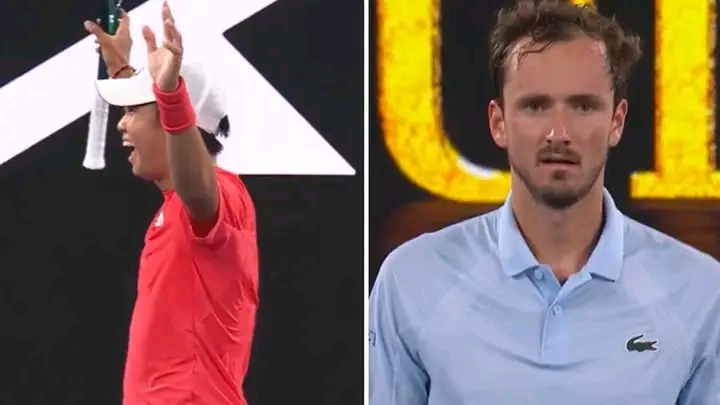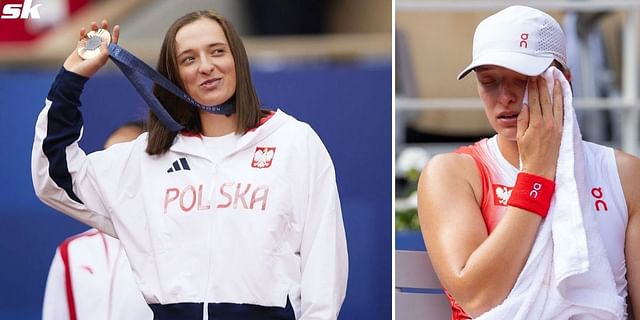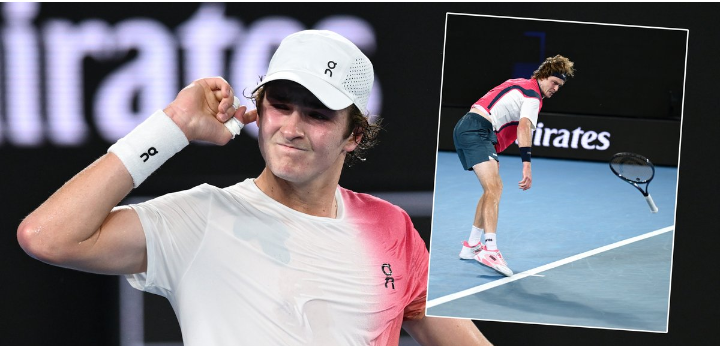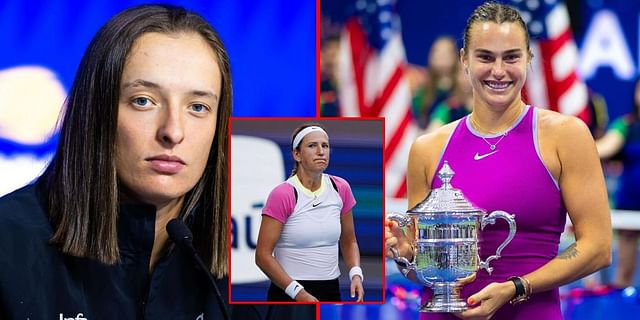Shocking PGA Tour Overhaul Could Leave Many Players Without a Spot—Major Eligibility Changes Loom”
Shocking PGA Tour Overhaul Could Leave Many Players Without a Spot—Major Eligibility Changes Loom”
As the PGA Tour faces rising competition and pressures to deliver a better experience for fans and sponsors, massive changes are on the horizon that could dramatically reshape the tour’s structure—and potentially leave numerous players without a spot on golf’s biggest stage. According to an internal proposal sent to players, a broad revamp could see fewer spots for players to earn or retain their tour cards, a tighter field size for many tournaments, and a fundamental reshaping of what it means to hold a PGA Tour card.
What’s Driving the Changes?
The proposed adjustments, which have been in development since May and are set to be reviewed by the PGA Tour board on November 18, are the brainchild of the Player Advisory Council (PAC). The council, consisting of 16 members, was tasked with refining a tour model that could better compete with the increasingly visible LIV Golf—a Saudi-backed league that shook up professional golf when it emerged in 2022, attracting players and altering the landscape of the sport. In response to LIV’s creation, the PGA Tour has introduced its own “signature events,” high-stakes tournaments with limited fields and $20 million purses, as well as a postseason format that invites only the top 70 players.
“We’re no longer the only show in town,” PAC Chairman and professional golfer Camilo Villegas admitted. “The changes we’re proposing are meant to strengthen the PGA Tour as a whole, not just for us as players but for fans and sponsors too. We’re looking to make the tour more competitive and enhance the value of a PGA Tour card.”
Fewer Tour Cards, Tougher Competition
One of the most striking changes would affect the eligibility of players, particularly those hoping to make it to the PGA Tour through the Korn Ferry Tour, which has traditionally provided a critical entry point for emerging talent. If the proposal is approved, the number of Korn Ferry players receiving PGA Tour cards would be slashed by one-third, from 30 to 20. Additionally, the usual Monday qualifying spots would be eliminated for tournaments with fewer than 144 participants, making it much harder for up-and-comers to break into the field.
The proposal also calls for the elimination of 25 cards from the PGA Tour’s FedEx Cup standings, meaning only the top 100 players in the FedEx Cup would have full PGA Tour status moving forward, down from the longstanding top 125. This change alone signals a seismic shift, as the current model, in place since 1983, had set the bar for eligibility at 125 players on the FedEx Cup list or the money list. Villegas and others on the PAC argue that the move is intended to “enhance the value of a PGA Tour card,” making full membership an even more prestigious and hard-fought achievement.
A New Path for PGA Tour Hopefuls
The modified structure is designed to prioritize players with the highest rankings and tournament performances, creating a streamlined but fiercely competitive environment. Those finishing outside the top 100 but within the top 125 on the FedEx Cup would see their status downgraded, with more limited opportunities to compete. Although they’d still receive some priority, they would no longer enjoy the same level of access, effectively placing them in a secondary tier of players.
Beyond the top 100 from the FedEx Cup, the proposal would offer additional spots to 10 players from the European Tour, 20 from the Korn Ferry Tour, and a handful of top players from Q-school—only five. These alterations mean that players accustomed to a spot on the PGA Tour may face a sudden reality check, as they find themselves having to work harder for fewer opportunities. “This isn’t about my own ranking or self-interest,” Villegas explained, acknowledging that the new model could impact his own prospects given his current FedEx Cup standing of around 190. “This is about the strength of the game. We want to make this the best product it can be, for fans, for sponsors, and for the players.”
Tighter Fields, Fewer Rounds, and Tackling Slow Play
Another reason driving these proposed cuts is the PGA Tour’s desire to combat slow play—a long-standing issue among players, fans, and sponsors alike. The council found that having too many players on the course during tournaments was one of the biggest contributors to extended playtimes, frustrating players and viewers. Under the new system, regular tournament field sizes would be capped at 120 players before Daylight Savings Time, with slight expansions to accommodate up to 144 during the summer. For its high-profile, signature events, the tour will continue to restrict fields to just 72 players, bringing in those participants based on recent performances and ranking.
In addition to these structural changes, the PAC has explored revising the FedEx Cup points system. With help from board member Maverick McNealy’s analysis, the council intends to limit points given to middle-of-the-pack players, further concentrating rewards on higher-performing players. The aim is to create an environment where points are truly earned and reflected in the FedEx Cup leaderboard, amplifying the competitive intensity across the tour.
PIF Partnership Could Mean More Changes Are Coming
If approved, the new rules will go into effect starting in 2026, potentially initiating one of the most radical overhauls in the PGA Tour’s long history. Yet, according to Villegas, even this wave of changes may only be the beginning. Talks continue between the PGA Tour and the Public Investment Fund of Saudi Arabia, which financially supports LIV Golf, over a potential partnership. Although Villegas has not been part of those discussions, he speculates that a deal with the PIF could bring about even more shifts in the PGA Tour’s operations and scheduling, depending on the terms of the investment.
“This isn’t the end,” Villegas added cautiously. “A PIF investment would reshape everything again, from scheduling to eligibility pathways. But right now, we’re focused on making the tour the best it can be with the tools we have. Whatever happens, it’s about moving the sport forward.”
A Vision for a New PGA Tour Era
For Villegas, his fellow council members, and the broader PGA Tour community, these proposed changes are both daunting and exhilarating. They herald an era where being part of the PGA Tour will mean competing under tougher conditions and against a more selective pool of talent. With so much at stake, the changes offer a renewed sense of meaning for the players and an invitation for fans to witness the heightened spectacle of golf’s elite at their finest. Whether or not these proposals become reality will hinge on the PGA Tour board’s decision this November—a meeting that could spell a turning point in professional golf as we know it.





